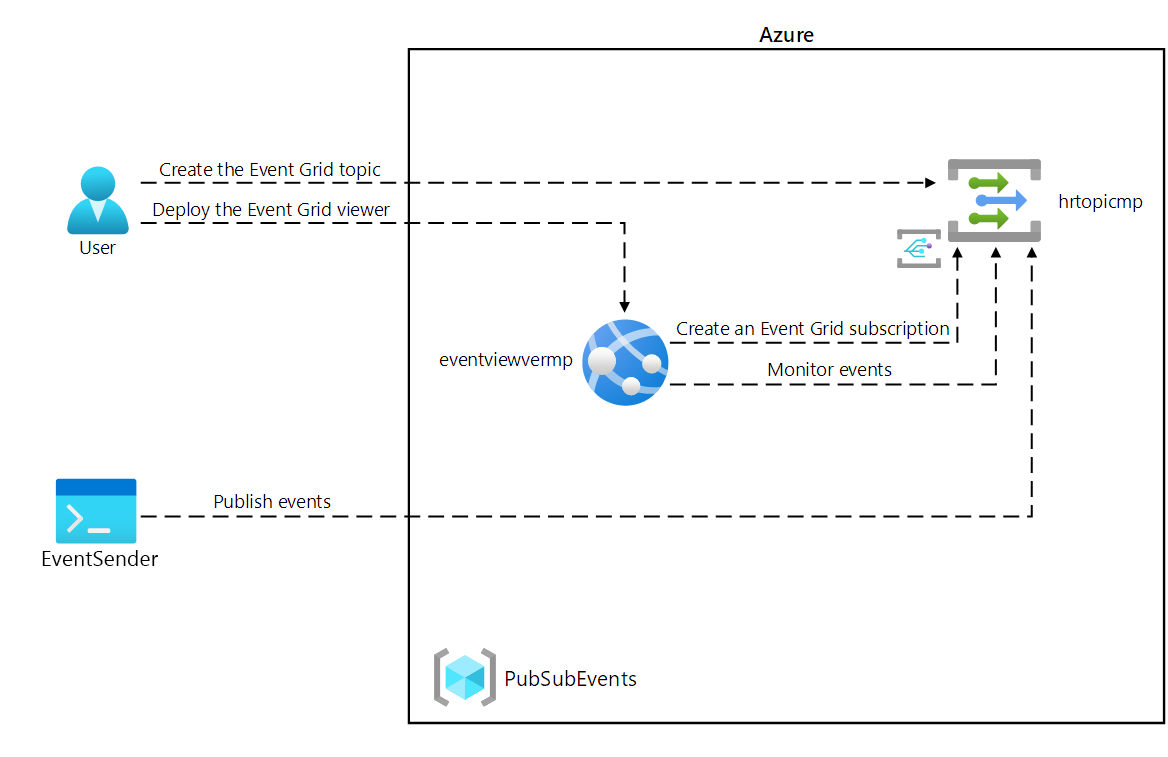A virtual network is the fundamental building block for your private network in Azure. It enables Azure resources, like virtual machines (VMs), to securely communicate with each other and with the internet. In this Quickstart, you will learn how to create a virtual network using the Azure portal. Then, you can deploy two VMs into the virtual network, securely communicate between the two VMs, and connect to the VMs from the internet.
If you don't have an Azure subscription, create a free account now.
Sign in to Azure
Sign in to the Azure portal.
Create a virtual network
- On the upper-left side of the screen, select Create a resource > Networking > Virtual network.
- In Create virtual network, enter or select this information:
- Leave the rest as default and select Create.
Create virtual machines
Create two VMs in the virtual network:
Create the first VM
- On the upper-left side of the screen, select Create a resource > Compute > Windows Server 2019 Datacenter.
- In Create a virtual machine - Basics, enter or select this information:
- Select Next : Disks.
- In Create a virtual machine - Disks, leave the defaults and select Next : Networking.
- In Create a virtual machine - Networking, select this information:
- Select Next : Management.
- In Create a virtual machine - Management, for Diagnostics storage account, select Create New.
- In Create storage account, enter or select this information:
- Select OK
- Select Review + create. You're taken to the Review + create page where Azure validates your configuration.
- When you see the Validation passed message, select Create.
Create the second VM
- Complete steps 1 and 9 from above.Note:-In step 2, for the Virtual machine name, enter myVm2.In step 7, for Diagnosis storage account, make sure you select myvmstorageaccount.
- Select Review + create. You're taken to the Review + create page and Azure validates your configuration.
- When you see the Validation passed message, select Create.
Connect to a VM from the internet
After you've created myVm1, connect to the internet.
- In the portal's search bar, enter myVm1.
- Select the Connect button.
 After selecting the Connect button, Connect to virtual machine opens.
After selecting the Connect button, Connect to virtual machine opens. - Select Download RDP File. Azure creates a Remote Desktop Protocol (.rdp) file and downloads it to your computer.
- Open the downloaded .rdp file.
- If prompted, select Connect.
- Enter the username and password you specified when creating the VM.Note:You may need to select More choices > Use a different account, to specify the credentials you entered when you created the VM.
- Select OK.
- You may receive a certificate warning during the sign in process. If you receive a certificate warning, select Yes or Continue.
- Once the VM desktop appears, minimize it to go back to your local desktop.
Communicate between VMs
- In the Remote Desktop of myVm1, open PowerShell.
- Enter
ping myVm2.You'll receive a message similar to this:PowerShell:-Pinging myVm2.0v0zze1s0uiedpvtxz5z0r0cxg.bx.internal.clouda Request timed out. Request timed out. Request timed out. Request timed out. Ping statistics for 10.1.0.5: Packets: Sent = 4, Received = 0, Lost = 4 (100% loss),Thepingfails, becausepinguses the Internet Control Message Protocol (ICMP). By default, ICMP isn't allowed through the Windows firewall. - To allow myVm2 to ping myVm1 in a later step, enter this command:PowerShell:-
New-NetFirewallRule –DisplayName “Allow ICMPv4-In” –Protocol ICMPv4This command allows ICMP inbound through the Windows firewall: - Close the remote desktop connection to myVm1.
- Complete the steps in Connect to a VM from the internet again, but connect to myVm2.
- From a command prompt, enter
ping myvm1.You'll get back something like this message:PowerShell:-Pinging myVm1.0v0zze1s0uiedpvtxz5z0r0cxg.bx.internal.cloudapp.net [10.1.0.4] with 32 bytes of data: Reply from 10.1.0.4: bytes=32 time=1ms TTL=128 Reply from 10.1.0.4: bytes=32 time<1ms TTL=128 Reply from 10.1.0.4: bytes=32 time<1ms TTL=128 Reply from 10.1.0.4: bytes=32 time<1ms TTL=128 Ping statistics for 10.1.0.4: Packets: Sent = 4, Received = 4, Lost = 0 (0% loss), Approximate round trip times in milli-seconds: Minimum = 0ms, Maximum = 1ms, Average = 0msYou receive replies from myVm1, because you allowed ICMP through the Windows firewall on the myVm1 VM in step 3. - Close the remote desktop connection to myVm2.
Clean up resources
When you're done using the virtual network and the VMs, delete the resource group and all of the resources it contains:
- Enter myResourceGroup in the Search box at the top of the portal and select myResourceGroup from the search results.
- Select Delete resource group.
- Enter myResourceGroup for TYPE THE RESOURCE GROUP NAME and select Delete.

No comments:
Post a Comment